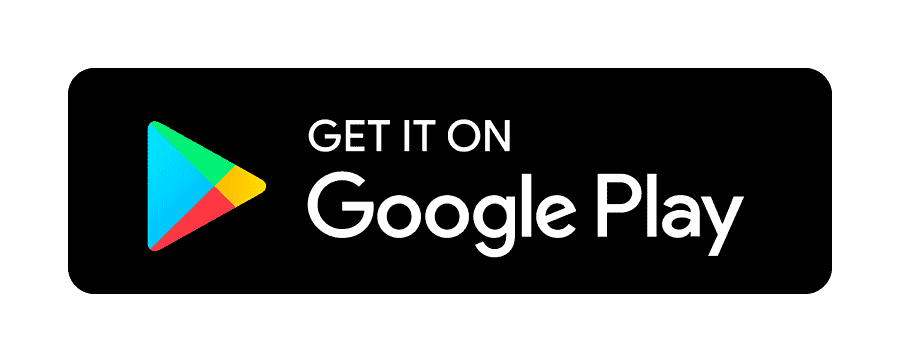Specialization
- Brachial Plexus
- Breast Surgery & Reconstruction
- Burns
- Burns
- Cancer Reconstruction
- Cleft Lip and palate
- Congenital Hand Differences
- Cosmetic Surgery
- Diabetic Foot & Chronic Wounds
- Hand and Wrist Surgery
- Lower Limb Reconstruction
- Lymphedema
- Maxillofacial Surgery
- Microsurgery & Replantation
- Microsurgery Lab
- Skin Bank
- Spastic Hand
- Super Speciality Courses & Fellowships
Spastic Hand
Upper Limb in Cerebral Palsy (Spastic Upper Limb)
Cerebral palsy (CP) is a nonprogressive perinatal encephalopathy characterized by cognitive, sensory, and motor problems. It can affect upper and lower limb in various combinations and severity. Though the disease is non-progressive but the deformities seen in this condition can be progressive as the child grows. Upper limb deformities can have great impact on the appearance and the overall confidence of the child. If not treated appropriately the children totally ignore the involved upper limb and the hand becomes totally non-functional. The deformities are because of muscle imbalance and the surgical procedures are done to restore this muscle balance.
Can these children be made better?
Yes. We can help these children.
The deformities in cerebral palsy can be prevented if the preventive measures are started early in life. The main stay of treatment in early stages is physiotherapy and appropriate splintage. Some children with severe muscle tightness may require special injections to overcome the tightness.
The main aim of the surgical intervention is to make the hand more functional. Surgery also improves the appearance of the upper limb and the child as a whole and adds to the satisfaction of the patient and parents. Once the function and appearance is better, children feel more confident and are able to integrate better in the society.
What is the best time for intervention?
Surgical corrections of the deformities are done at around 5-7 years of age. We prefer to see the children as early as possible so that we can start physiotherapy early to prevent the deformities or decrease their severity. The treatment of cerebral palsy is a supportive one and we provide our support at every stage. We love to be in contact for long time and provide support when needed. For patients from far away we can monitor the progress by seeing the videos / mails or by phone and advice them the best time for surgery. Whenever we go for meetings to any place we see all the patients in and around that area to save their visit to hospital. We believe that in care of a cerebral palsy patient a doctor becomes a member of the family! And when you feel that the treatment is always successful.
Who can be made better?
Many of the patients with cerebral palsy can be helped in some way or other. The outcome depends on various factors of which the most important in the severity of the disease. The brain lesion in cerebral palsy is not correctable and hence the basic disease is not correctable. But the deformities are correctable. Once deformities are corrected the hand becomes more functional. In severe cases the aim of surgery are to improve the hygiene and appearance and allow the care givers to take care of them more easily.
Why choose Ganga Hospital?
Cerebral palsy management is truly a team approach. We have a compete team to take care of these patients- trained and experienced physiotherapist, occupational therapist, surgeons specially trained and experienced in treating the upper limb, lower limb and spine problems all under one roof. A special "cerebral palsy clinic" is held on every Friday and all the specialists are available to do detailed assessment and overall planning.
Post Brain Injury Problem
Paralysis following spinal cord injury or brain injury
Deformities of the upper limb similar to that of the cerebral palsy can result following accidental injury to the spinal cord and the brain lesions. These deformities can be corrected and the patients can be made functionally better. Many patients after successful surgery can live an active normal life.
Example of patient
Spinal cord injury- quadriparesis- underwent ECRL to FDP transfer and using the hand well.
Patient with spinal artery thrombosis- underwent tendon transfer and is back to active life.






